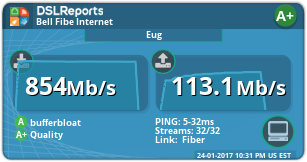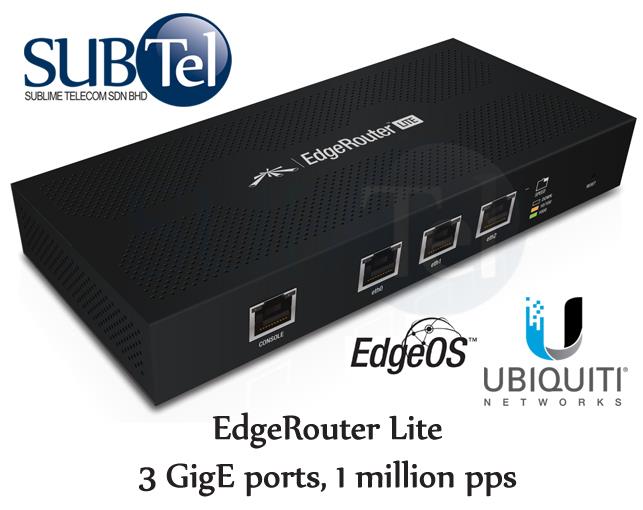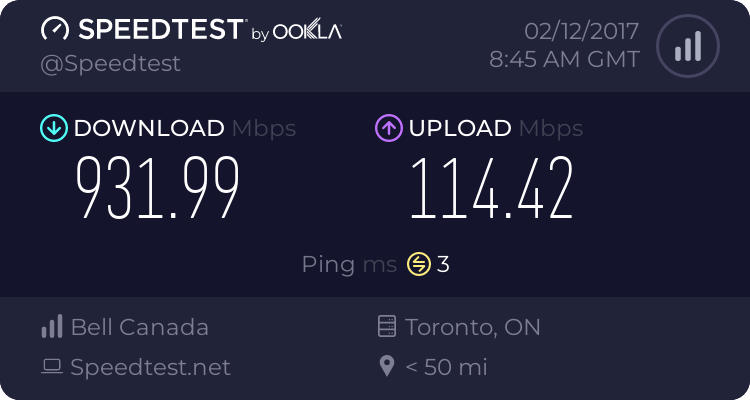- Mar 11, 2000
- 23,586
- 1,000
- 126
Got fibre-optic based (FTTH) Gigabit internet access installed. Service is 1000/100 but it turns out my router is the bottleneck. While non-PPPoE speeds are fine, as soon as PPPoE authentication is used, I get max 225 Mbps (wired) on my 6th gen 802.11ac Apple Airport Extreme. If I just use the included modem to do PPPoE authentication and routing, I get much, much higher real-world speeds.

I then starting looking into other consumer routers and found that similar issues exist. For example, I'm told that the very well-rated Netgear Nighthawk R7000 maxes out at about 550 Mbps in PPPoE mode.
Are any out there can can do full Gigabit speeds over the WAN when doing PPPoE authentication?

I then starting looking into other consumer routers and found that similar issues exist. For example, I'm told that the very well-rated Netgear Nighthawk R7000 maxes out at about 550 Mbps in PPPoE mode.
Are any out there can can do full Gigabit speeds over the WAN when doing PPPoE authentication?




